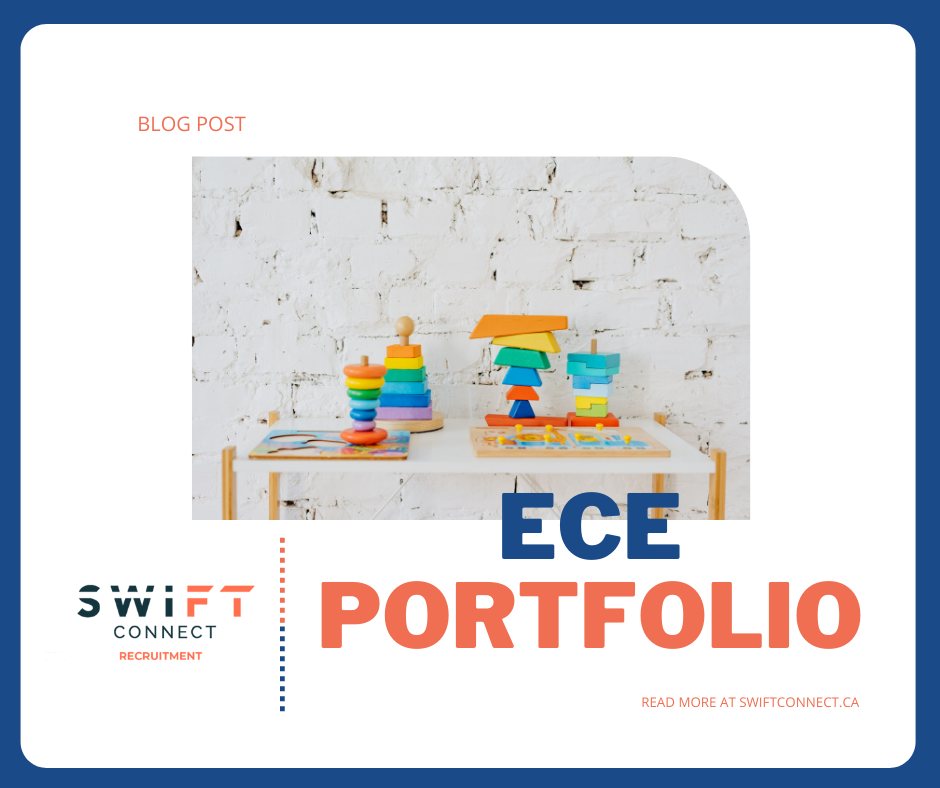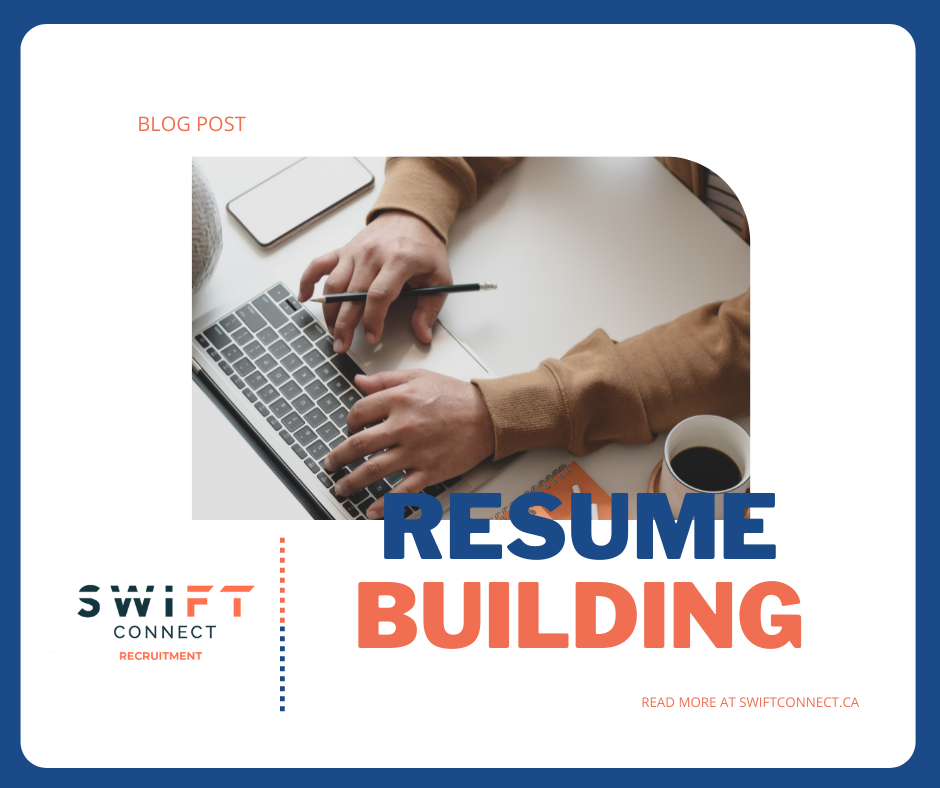How To: Create a Portfolio for Early Childhood Educators
A portfolio is a great way to distinguish yourself from other applicants when looking for a job as an Early Childhood Educator. In this blog post, I will outline best practices and what to include in your ECE Portfolio to help you get that job! The portfolio is a way to showcase your experience and abilities in addition to your resume. This provides visual evidence of your past work and how you interact with children.
DESIGN
It is a good idea to use colours and tabs to differentiate sections as well as add to the experience of looking at the portfolio. A blank white portfolio is boring, but also using too many patterns and colours can be overwhelming. There needs to be a balance of colour and space so the portfolio flows and is easy to look at. Consider the size of the portfolio to ensure that it is not too long. Make sure that the portfolio suitably represents yourself and your personality.
Clearly state on the first page that it is your portfolio, ie. Jessie’s Portfolio and include a picture of you in the classroom. Make sure that the picture focuses on you so that the employer knows what you look like.
On the second page, add a Table of Contents with either the corresponding colour tab or page number so an employer can directly see what they want to focus on.
INTRODUCTION TO YOURSELF
The first things that should be included in your portfolio are your resume and cover letter. Your resume should not be longer than 2 pages and your cover letter should only be 1 page. Make sure to address your cover letter to the organization you are applying for and add details in there that relate to the specific job you are applying for. It is good practice to reference the job posting and mention how you are the perfect fit for the job.
CERTIFICATES
Next, you should attach copies of your relevant certificates such as your BC Early Childhood Educator Certificate, Emergency Child First Aid and CPR Certificate, and your Food Safe Certificate. This will make it clear that you are certified and qualified for the job. It will also let the employer know when you got certified and when your certificate needs renewing.
EXAMPLES OF WORK
In this section, you should introduce any academic assignments, teaching aids, or proof of experience. During your studies, if you had any assignments you were proud of, you can attach them here. In addition, if you have any teaching aids like a felt story board or arts and crafts activities, you can attach pictures here. If in any of your previous work experiences, you had the opportunity to take pictures of the kids you worked with or someone took photos of you with the children, here would be a great spot to put them. Try not to have more than 4 pictures per page as otherwise it gets crowded. It is a good idea to put a description with the pictures to describe the name of the workplace as well as the activity happening in the photos.
VIDEOS
Most employers enjoy having videos of applicants interacting with children. It is not required to have children in the video with you, but you will need to be energetic and enthusiastic as if there were children. The videos would be separate from a paper portfolio but if you create a slide deck, then videos can be inserted. A good idea is to have at least one video of you singing a song ie. Welcome or If You’re Happy and You Know It. Another video that is good to make is you reading a short story ie. 5 Little Monkeys. The videos should be approximately 3-5 minutes in length to showcase how you would do that activity with children.


